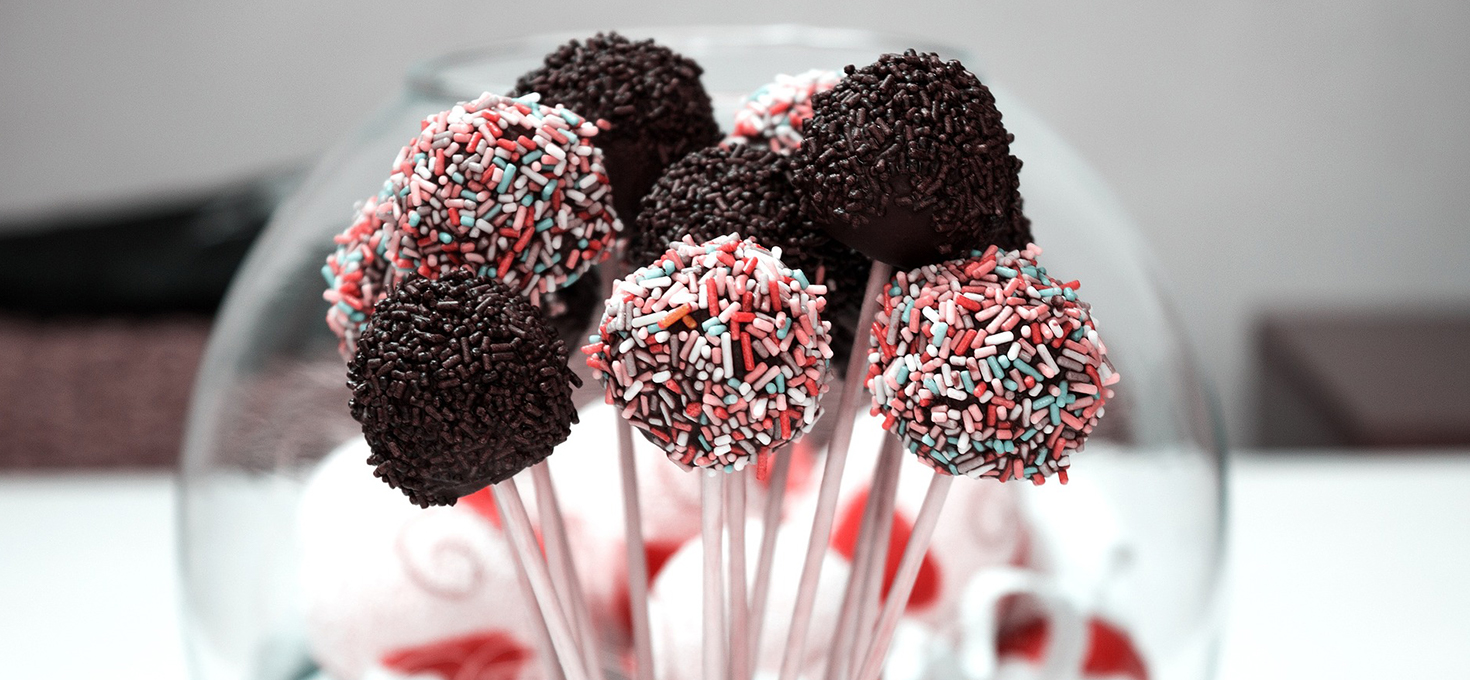This article will introduce the basics of capacitors and their role in electrical circuits. To begin, let's take a look at what a circuit is. A circuit can be thought of as a road, where electric charge moves like cars on the road. Just as traffic flows along a road, electric current flows through a circuit.
Imagine the impedance in a circuit as a rugged or bumpy road. The movement of the electric charge, like a car, slows down but still continues toward its destination. In this case, the impedance causes energy loss in the form of heat, measured in joules.
The power supply, such as a battery, creates a potential difference between two points in the circuit. This is similar to an elevator that lifts a car to a higher position. The battery provides the energy needed to move charges through the circuit.
Now, what exactly is a capacitor? A capacitor is a component that stores electric charge, much like a parking lot stores cars. It has two plates with opposite charges, and the amount of charge it can store depends on its capacitance.
Capacitance is measured in farads (F), named after the scientist Michael Faraday. One farad means that one coulomb of charge is stored when a voltage of one volt is applied. The capacitance value depends on factors like the area of the plates, the distance between them, and the material used between the plates, known as the dielectric.
When a capacitor is connected to a power supply, it charges up. Once charged, it can release that stored energy when needed. For example, if a switch is turned off and another is turned on, the capacitor can supply current to a load, helping maintain a stable voltage.
Capacitors are especially useful in stabilizing power supplies. When the voltage fluctuates, the capacitor releases stored energy to keep the output steady, which is why they are often used in lighting systems to ensure a consistent light output.
One important property of capacitors is that they block direct current (DC) but allow alternating current (AC) to pass through. This is because, once charged, a capacitor doesn’t let DC flow continuously, but it allows AC to pass by repeatedly charging and discharging.
Because of these unique properties, capacitors are widely used in various electronic devices and circuits. Whether it’s for filtering, storing energy, or stabilizing voltage, capacitors play a crucial role in modern electronics.
When choosing a capacitor, it’s important to consider its capacitance value, voltage rating, and type, ensuring it matches the requirements of the circuit. Understanding how capacitors work helps in selecting the right component for the job.
12 volt lithium marine battery,optima marine battery,lithium ion marine battery,autozone marine battery,lithium deep cycle marine battery,12v battery deep cycle marine
EMoreShare International Trade (Suzhou) Co., Ltd , https://www.emoreshare.com
